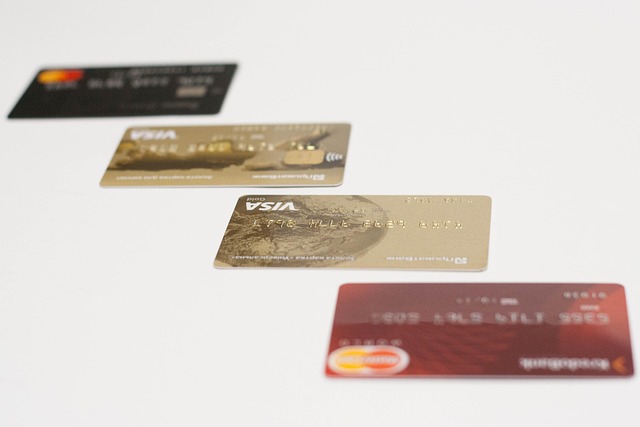The Hidden Costs of Financial Convenience: Unveiling the True Price of Instant Gratification
In today's fast-paced world, financial convenience has become a paramount concern for consumers. From one-click purchases to tap-and-go payments, the ease with which we can spend money has reached unprecedented levels. But as we embrace these modern conveniences, are we overlooking the hidden costs that come with them? This article delves into the unseen expenses lurking behind our quest for financial simplicity and instant gratification.

The Psychology of Seamless Spending
The ease of digital transactions has fundamentally altered our relationship with money. When physical cash is removed from the equation, our perception of spending changes dramatically. Studies have shown that consumers tend to spend more when using digital payment methods compared to cash transactions.
This phenomenon, known as the pain of paying, is significantly reduced in digital environments. As a result, we’re more likely to make impulsive purchases and less likely to critically evaluate our spending decisions. The psychological distance created by digital transactions can lead to a disconnect between our spending habits and our financial goals.
The Subscription Economy Trap
One of the most pervasive forms of financial convenience is the subscription model. From streaming services to meal kits, subscriptions offer hassle-free access to products and services. However, the cumulative effect of multiple subscriptions can quietly drain our bank accounts.
Many consumers underestimate their total monthly subscription costs, often forgetting about services they no longer use. This set-it-and-forget-it mentality can result in hundreds of dollars wasted annually on unused or underutilized subscriptions. The convenience of automatic renewals comes at the cost of reduced financial awareness and control.
The Price of Instant Gratification
The on-demand economy has conditioned us to expect immediate fulfillment of our desires. While this instant gratification can be satisfying in the moment, it often comes with a premium price tag. Same-day delivery services, for instance, typically charge higher fees than standard shipping options.
Moreover, the desire for instant results can lead to poor financial decisions. Whether it’s rushing into an investment without proper research or opting for high-interest payday loans to cover immediate expenses, the pursuit of quick solutions can have long-term financial consequences.
Data Privacy and Security Risks
As we embrace digital financial tools, we’re also exposing ourselves to increased data privacy and security risks. Every convenient transaction leaves a digital footprint, which can be vulnerable to breaches or misuse. The cost of identity theft and financial fraud can far outweigh the benefits of convenience.
Additionally, the data collected through our digital transactions is often used for targeted marketing, potentially leading to more impulse purchases and overspending. The convenience of personalized recommendations comes at the cost of our financial data being commodified.
The Erosion of Financial Skills
Perhaps one of the most significant hidden costs of financial convenience is the potential erosion of essential financial skills. As automated systems handle more of our financial decisions, from bill payments to investment allocations, we risk becoming less engaged with our finances.
This disengagement can lead to a decrease in financial literacy and decision-making skills. The ability to budget, save, and make informed financial choices are crucial life skills that may atrophy if we rely too heavily on convenient, automated solutions.
Practical Strategies for Mindful Financial Convenience
-
Conduct a subscription audit every quarter to eliminate unused services
-
Set a 24-hour waiting period for non-essential purchases over a certain amount
-
Use cash for discretionary spending to increase awareness of your outflows
-
Enable two-factor authentication on all financial accounts to enhance security
-
Schedule regular financial check-ins to review your spending patterns and goals
-
Utilize budgeting apps that provide a holistic view of your financial situation
-
Consider using prepaid cards for online shopping to limit overspending
In conclusion, while financial convenience offers undeniable benefits, it’s crucial to approach it with a critical eye. By understanding and mitigating the hidden costs associated with convenience, we can strike a balance between ease and financial responsibility. The key lies in leveraging convenient tools while maintaining an active engagement with our financial health. As we navigate the evolving landscape of personal finance, let’s ensure that our quest for convenience doesn’t come at the expense of our long-term financial well-being.





